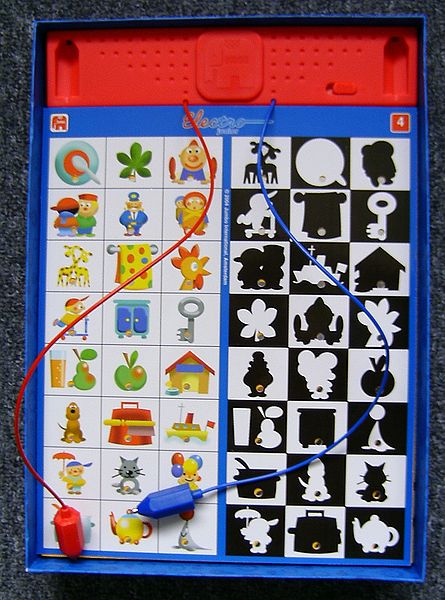Homeschooling parents often turn to pre-packaged curriculums for their children. However, this approach can be unnecessarily expensive, especially if there is more than one child studying at home. Instead, some parents have taken to creating their own education resources and environments with school desks and small school chairs.
Here are some tips for setting up your own curriculum:
- Start with what you have
- Look for standard household supplies that can fill in for more specialized materials
- Do it yourself
- Get to know your library system
- Find the gems on the Internet
- Take advantage of learning opportunities available through local schools, colleges, museums, youth organizations and business
- Collect books, craft materials, educational toys and games used or at a discount
- Do your homework before investing in a textbook, an online school or a packaged curriculum






